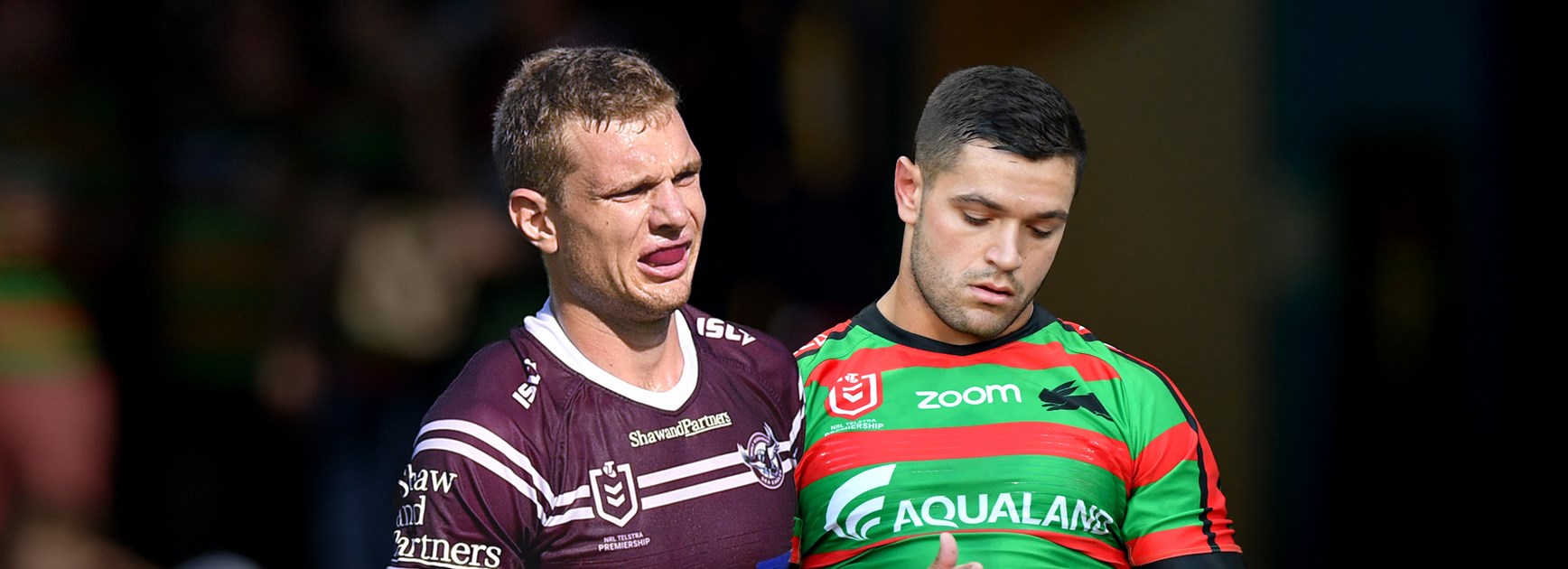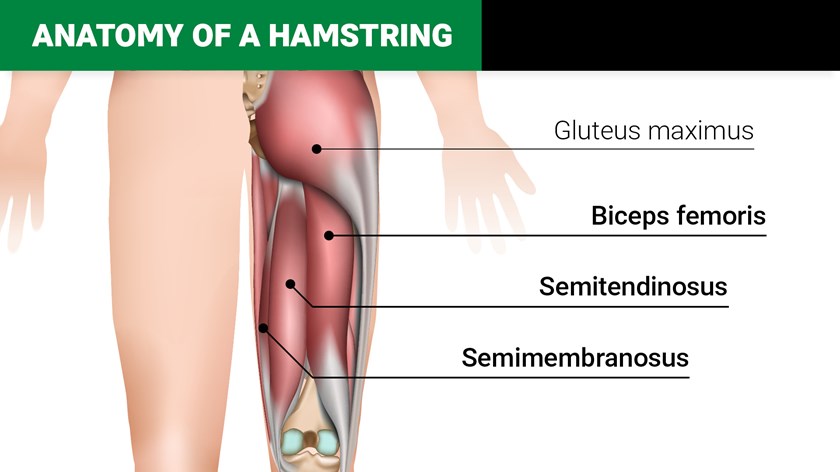
Firstly let's clear one thing up - Tom Trbojevic, Braidon Burns, Matt Moylan and now Andrew Fifita, currently are suffering tears to their hamstringS (plural) and not hamstring (singular).
This troublesome injury, which is the second highest for running sports (cyclists and swimmers don't suffer them) behind calf tears, is not a single muscle.
It is a whole group of them and where they begin and end in your body might surprise you.
Secondly, a leading sports physician who has been part of Australian teams at the Commonwealth Games, Olympic and Paralympic Games – Dr Geoff Thompson – says torn hamstrings should be regarded more like ACL tears and dislocated shoulders.
By that he means they should be seen as long-term injuries and not rushed back too early.
"There's pressure that comes from all quarters, especially at professional level, like clubs, coaches and the players themselves to get back on the field," he said.
"High-level coaches have all done a little sports-trainer course as part of their accreditation. But they don't understand the complexity of the anatomy and function of the hamstrings. They naturally want their players back on the park.
"But there's a graded return – step by step – where no short-cuts should be taken.

"A lot of our sports, from my point of view as a sports medicine doctor, don't allow us to complete the rehab … maybe start off the bench, or come on for just five or 10 minutes in the first game back.
"For sports like basketball this is possible but other sports it's not so easy."
But before we delve a little deeper into the wonderful world of hamstrings, players spoken to for this column described them as the "mosquito" of sports injuries – coming like a thief in the night, with little warning, as well as being annoying because they don't seem to go away.
"It's a really frustrating injury," said Manly back-rower Corey Waddell.
"I had a small hamstring tear in the pre-season. It's a niggly thing and very frustrating. You feel a 100 per cent and you don't look injured but you can't run.
"It's not easy as you feel right to play and you can't, because it's so fiddly."
Eels centre Michael Jennings has been through one or two in his career.
"It's an injury that just hangs around. You're just not really confident on it and you worry about the load you're putting on it.
"It needs a lot of rest and you need the right treatment.
"Let's face it – hamstrings are just really annoying."
The reasons hamstrings take so much longer than your regular muscle strain – quads, biceps, calves for example – is because it's not just flesh. The muscle has tendons running through it.
"That goes back to the name 'strings'. You don't call the quadriceps the quadstrings – and there's four of them – because they're fleshy," Dr Thompson said.

"The hamstrings have tendons that run right through them so there's a large interface between the contracting muscle tissue and the non-contracting tendon.
"So there's a big surface area where the muscle can pull off, rather than just a small or localised muscle tear. The injury can be extensive."
This amazing group of muscles wraps over two joints – your hip and your knee.
"They all originate on the bone we sit on, which is called the tuberosity, and then they move down and cross the back of the hip and halfway down your side they split up – some go on the outside and they finish on the front of the top of our shin bone – the tibia.
"So they cross the back of the knee so that makes their action complex in the sense that you might be wanting to actively bend your knee and actively extend your leg back behind you at the same time – ie, when you're running or changing direction."
Dr Thompson says the phases are well explained in a program put out by soccer's world governing body, FIFA, called the FIFA 11.
"The first phase is getting the movement back. The second is getting the strength back but the really long and variable one is getting the trust back," he said.
"There is a total difference between an intensive training session and a game. You can do some of the same things, maybe at 80 per cent pace, but you cannot replicate a game intensity."





